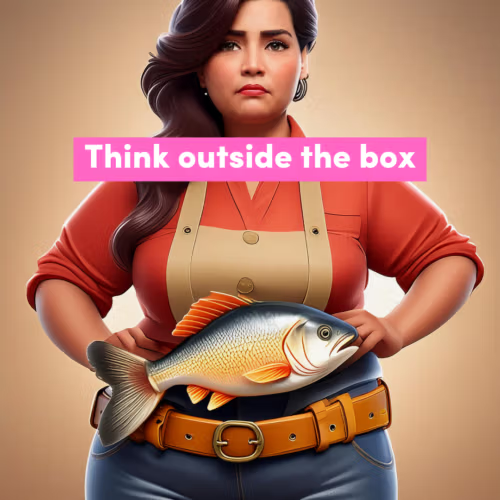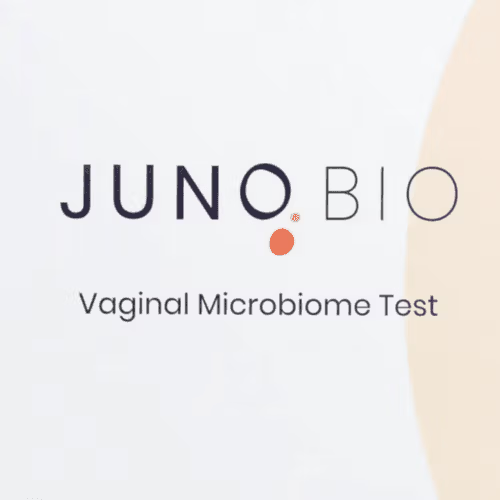A pre-pubescent girl has a very different vulva and vagina than a grown woman does, and it needs to be cared for differently.
It’s important to be able to name the basic parts so that everyone can use the same—and correct—language to describe pain, itching, or other symptoms.
Check out our parents section or our dad’s section for help caring for a child’s vulva and vagina.
Understanding basic vaginal and vulval anatomy
The vagina is the part on the inside; the vulva is on the outside and includes all ‘external genitalia’ – the labia (four lips, two inner, two outer), the clitoris and the opening of the urethra, where urine is expelled.
The child’s vulva and vagina are far less accessible than an adult’s and are likely to have the entrance at least partially closed over with the hymen, which acts as a protective shield.
However, the hymen can easily be torn by bicycle riding or playing, and it doesn’t matter if it stays intact or not, except for some people for religious reasons.

The child’s vagina looks plump and generally has a single crease with a small portion of the clitoris and urethral opening sticking out, with the outer labia (labia majora) covering most of it up.
When the baby is born, the vulva is initially plump with oestrogen from the mother, but then the vulva shrinks as the oestrogen falls away. When oestrogen returns, the volume of the labia increases once again.
The inside reproductive organs are fully formed – uterus, fallopian tubes and ovaries found in adults, but these organs are inactive. Although they are almost fully formed, and a girl has all the eggs she’ll have in her lifetime, her system remains dormant without hormonal activity. There is some extra growing for these organs to do once puberty hits.
This includes vaginal bacterial colonies too (the vaginal microbiome), as oestrogen feeds certain types of bacteria that protect a sexually active and fertile woman, matching the stage she is in her life.
References1
Pediatric and Adolescent Gynecology, Ann J. Davis
- 1.Davis VJ. What the paediatrician should know about paediatric and adolescent gynecology: The perspective of a gynecologist. Paediatrics & Child Health. Published online October 2003:491-495. doi:10.1093/pch/8.8.491
The most comprehensive vaginal microbiome test you can take at home, brought to you by world-leading vaginal microbiome scientists at Juno Bio.
Unique, comprehensive BV, AV and 'mystery bad vag' treatment guide, one-of-a-kind system, with effective, innovative treatments.
Promote and support a protective vaginal microbiome with tailored probiotic species.






